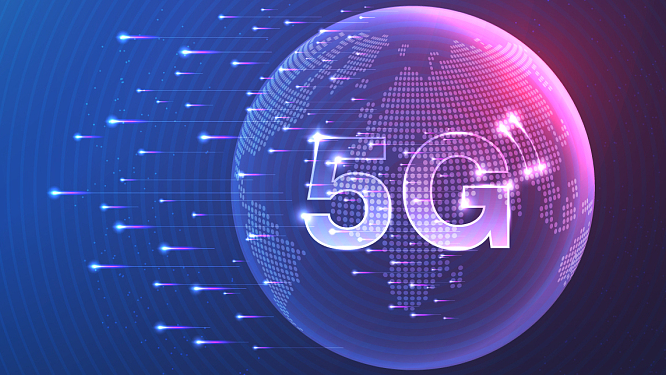In today's hyper-connected world, the demand for faster and more reliable wireless communication has never been greater. This insatiable hunger for seamless connectivity has given birth to the fifth generation of wireless technology, aptly known as 5G. However, behind the scenes of this technological marvel lies a hidden treasure: patents. In this blog post, we'll delve into the world of patents in 5G and explore how they are shaping the future of connectivity.
The 5G Revolution
Before we dive into patents, let's take a moment to appreciate the magnitude of the 5G revolution. 5G is not just an incremental improvement over its predecessor, 4G; it's a quantum leap in wireless technology. With speeds up to 100 times faster than 4G, ultra-low latency, and the ability to connect billions of devices simultaneously, 5G is poised to transform industries ranging from healthcare and automotive to entertainment and agriculture.
Patents: The Catalyst of Innovation
Behind the scenes of this transformation are thousands of patents that power the technology driving 5G. Patents play a crucial role in fostering innovation, driving competition, and protecting the intellectual property of inventors and companies. In the world of 5G, patents are the building blocks upon which the entire ecosystem is constructed.
1. Standard Essential Patents (SEPs):
Many 5G patents are considered Standard Essential Patents, meaning they are necessary for the implementation of industry standards. Companies that own SEPs must license them on fair, reasonable, and non-discriminatory (FRAND) terms, ensuring widespread adoption and fair competition.
2. Innovation and Research:
Patents in 5G are not limited to hardware and infrastructure. They also cover software, algorithms, and methods that enhance the capabilities of 5G networks. These patents stimulate research and development, driving the industry forward.
3. Competition and Collaboration:
Patents in 5G are often at the center of complex legal battles, as companies compete for market share and licensing revenue. Simultaneously, they foster collaboration, as cross-licensing agreements can expedite the development and deployment of 5G technology.
The Battle for Patents
The 5G patent landscape is highly competitive. Major players like Qualcomm, Huawei, Ericsson, Nokia, and Samsung are engaged in fierce battles to secure and protect their patents. These companies invest heavily in research and development to create cutting-edge 5G technology, and their patents are the lifeblood of their businesses.
Global Reach of 5G Patents
The impact of 5G patents extends far beyond individual companies and national borders. These patents are critical in shaping the global landscape of technology and connectivity. Countries and regions are jockeying for position in the 5G race, recognizing that leadership in this field can have profound economic and geopolitical implications. Challenges and Controversies
While patents drive innovation in 5G, they also pose challenges and controversies. Some argue that the patent system can stifle competition and hinder the widespread adoption of new technology, especially when patent disputes lead to litigation or high licensing fees. Striking the right balance between protecting intellectual property and promoting innovation is an ongoing challenge.
Conclusion
In the world of 5G, patents are the foundation upon which the future of connectivity is being built. They drive innovation, foster competition, and protect the intellectual property of companies and inventors. As we continue to ride the wave of the 5G revolution, it's essential to recognize the critical role that patents play in shaping the technology landscape. In the end, it's not just about faster internet; it's about the patents that make it possible.


Contact Us